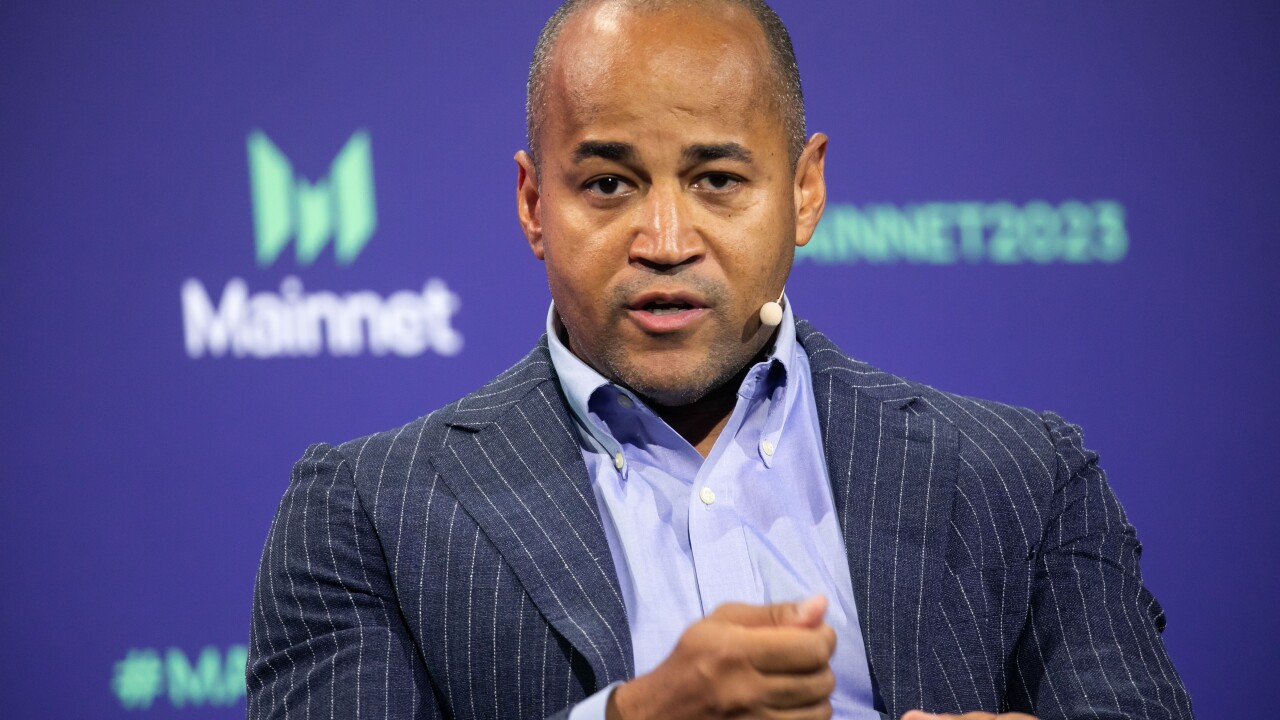Gen Z will soon have $44 billion in buying power.
Yes, billion.
So if you’re not adjusting your marketing tactics (or you’re waiting because Gen Z is still young), you’re already falling behind. Gen Z is, after all, already in the post-college workforce.
Surprised? The idea of generations can be confusing. Many seem to think millennials are perpetually in their 20s (when in fact they’re nearing 40) and Gen Zs are perpetually in their teens (when they’re actually nearing 25).
That means the older half of Gen Z is looking for things like student loans, auto loans and debt consolidation. And the younger half isn’t far behind. They’re opening their first checking and savings accounts and starting to build credit, likely with the help of their parents. It won’t be long before they start moving toward financial independence by looking for their own financial institution.
If credit unions wait to start marketing to Gen Z, by the time those consumers even learn what a credit union really is and how it can benefit them, they’ll already have opened accounts with and taken loans from banks.
And believe us when we say that switching financial institutions won’t be a priority.
Which is a bummer, because credit unions already have a leg up in the financial industry: They are nonprofit and community-oriented, two things Gen Z cares about an awful lot.
So how can credit unions start engaging Gen Z right now?
Humanize your social media
In the early years of Instagram, everyone was concerned with aesthetics. How do you make your feed look good? Brands created consistent color palettes, influencers used the same two filters—all to look cohesive and beautiful.
While it’s still nice to have an Instagram feed that looks nice, Gen Z (
Humanizing your credit union will go a long way when engaging our digital natives. Let them see who you are both inside and outside the office. Gen Z is much more likely to pay attention to funny and honest behind-the-scenes posts than another quote or testimonial.
Use humor
I get it — humor can be hard. Memes come and go so quickly that if you’re not looking at social media multiple times a day, a trend will have gone stale before you even knew it existed. And organizations that use old memes and trends don’t always have the best reputation with Gen Z.
But when done right, humor does work. To keep up with the latest memes and trends, get more involved on Instagram, Twitter and even TikTok. Don’t just follow other credit unions and your members. Follow meme accounts, influencers and others.
Tell your employees to alert your social media or marketing manager when they see a new trend on their personal feeds. Make social media monitoring part of someone’s job description. That way, you’ll be there when a trend starts, not when it ends.
Get involved in social issues
Gen Z is on track to be the most informed, educated and diverse generation yet. They’re also the most socially conscious generation. One survey showed that
So that $44 billion in buying power I mentioned earlier? A vast amount of that is likely to go to brands and organizations, including financial institutions, that are vocal about social justice issues, promote gender and racial equality and diversity and pursue ethical business practices.
Address the real issues
When millennials hit adulthood, they quickly realized that the American Dream they’d been sold was no longer as attainable as it was a few decades before. The 2008 recession and housing crisis, along with compounding student loan debt, gave millennials a huge reality check.
Gen Z, however, never bought the American Dream in the first place. As teenagers, they already knew about the reality of wealth inequality and stagnant minimum wage. They understand the American Dream was unrealistic for the majority of people. They hear the Dave Ramsey-esque financial advice and they’re not falling for it.
This, in a way, makes them more financially prepared than millennials were. It also makes them more skeptical of any advice coming from financial institutions. The key for credit unions will be to address these issues — the wage gap, wealth distribution and generational poverty.
Because credit unions already
Host a focus group
Tweaking your focus on social media in the above ways can make a huge difference when trying to reach Gen Z. The reality is, though, that because credit unions often serve smaller or niche communities, your audience will vary from the audience of a credit union one state over, even if both audiences are technically Gen Z. Each city and state has its own unique economic and social issues.
When it’s time to get even more specific with your marketing, there’s nothing better than talking to the people you’re marketing to. Host a focus group (digitally, during COVID) and see what really makes the Gen Z near you tick.
Not only will this help you tweak your marketing just for them, it’ll also give you an opportunity to start building relationships and encouraging word-of-mouth marketing, which is





